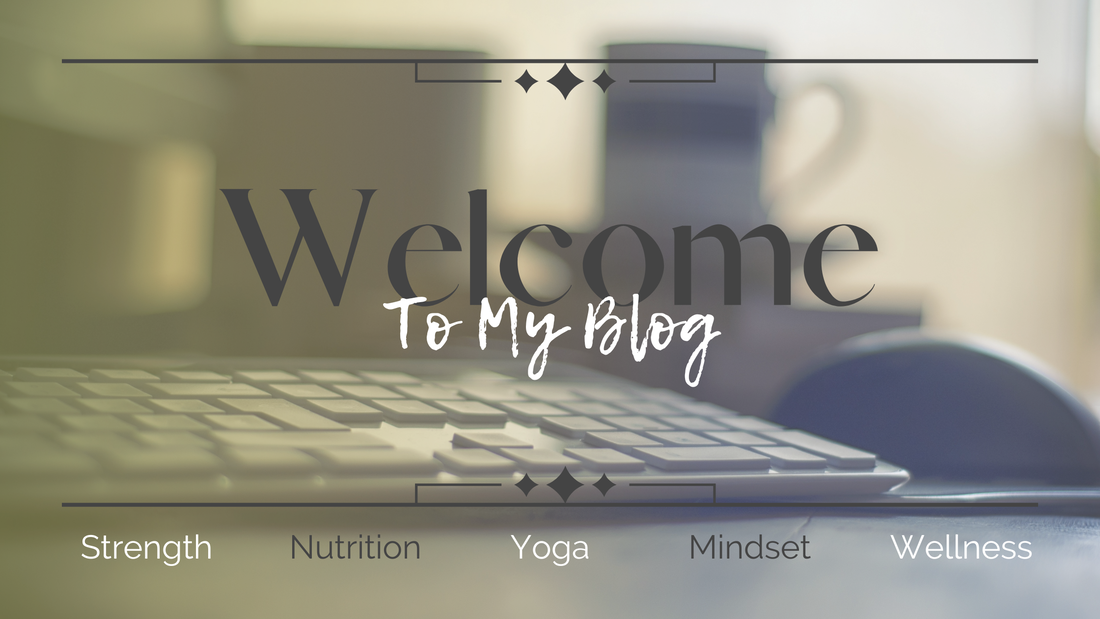|
If you're anything like me you carry a lot of tension in your neck and shoulders. We spend a lot time sitting, staring at screens, and don't use the best posture while doing so. Poor sleeping positions, jaw clenching, and injuries can also contribute to muscle tightness, pinched nerves, and pain. There are many modalities that you can use to address neck and shoulder tension. Below you'll find stretching, neural, flossing, and self-myofascial release techniques to ease tension and alleviate pain. All of these specifically target the neck. Often times tightness in other areas of the body can contribute to neck pain and may require a more comprehensive stretching routine. These four techniques are my personal favorites and will be a great addition to your mobility practice. Three Way Neck Stretch
Nerve FlossingNerve “flossing” is a stretch or combination of stretches designed to pull a nerve back and forth. with the goal of mobilizing the nerve. This can help with compressed or pinched nerves that are causing pain as well as increasing your range of motion. The stretch below is designed to target the median nerve. In addition to improving range of motion in the neck this can be helpful if you are experiencing any tingling or numbness in the arm, hand, or fingers.
Yoga Block Neck ReleaseThis myofascial release technique helps to soften the fascia surrounding and encapsulating the muscles that run up the back of your neck. This will help increase tissue hydration, increase blood and lymphatic flow, and improve directional order to the collagen fibers of the fascia.
Active Myofascial Release for the SternocleidomastoidThis Active Self-Myofascial Release method focuses on the sternocleidomastoid muscle that runs down the front side of the neck from your collarbone, up to your skull, behind your ear. This technique holds the muscle in place at the collarbone and allows the weight of the head to lengthen and stretch the muscle to increase blood and lymphatic flow, improve range of motion, and provide relief.
0 Comments
Leave a Reply. |
Categories
All
|
Photos from zzkt, wuestenigel, egizu, dumbledad







